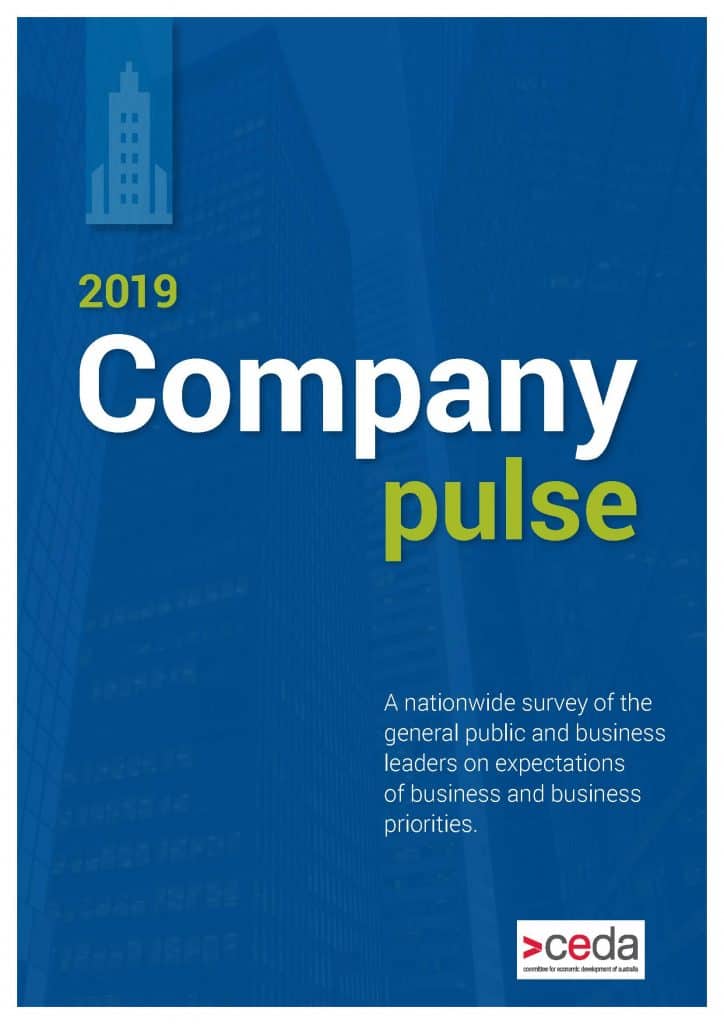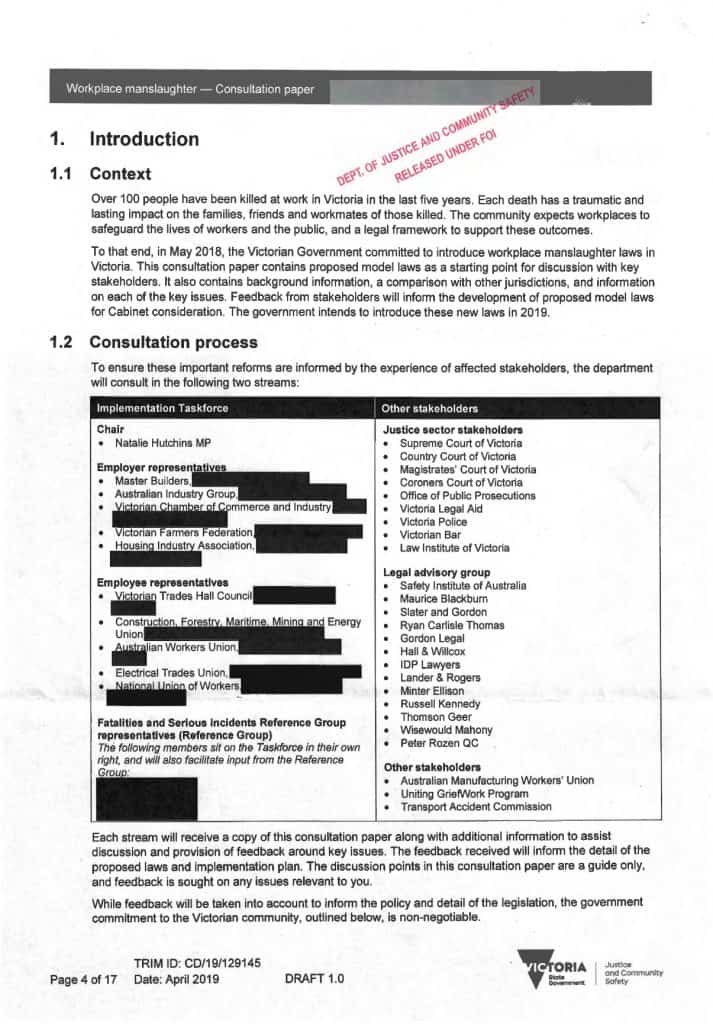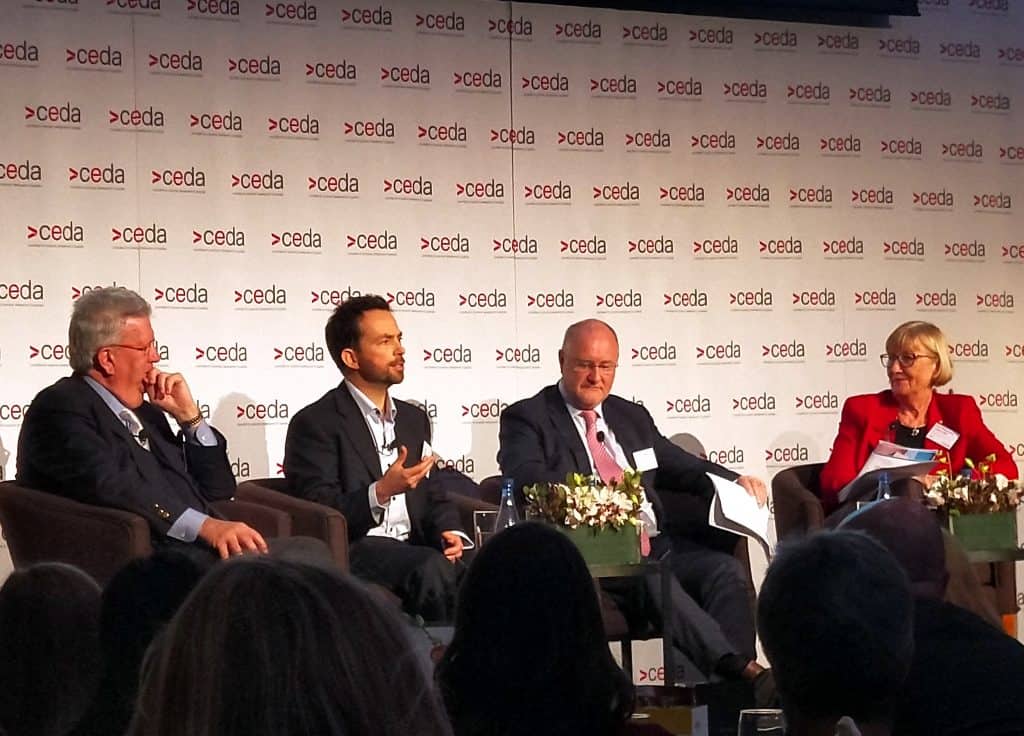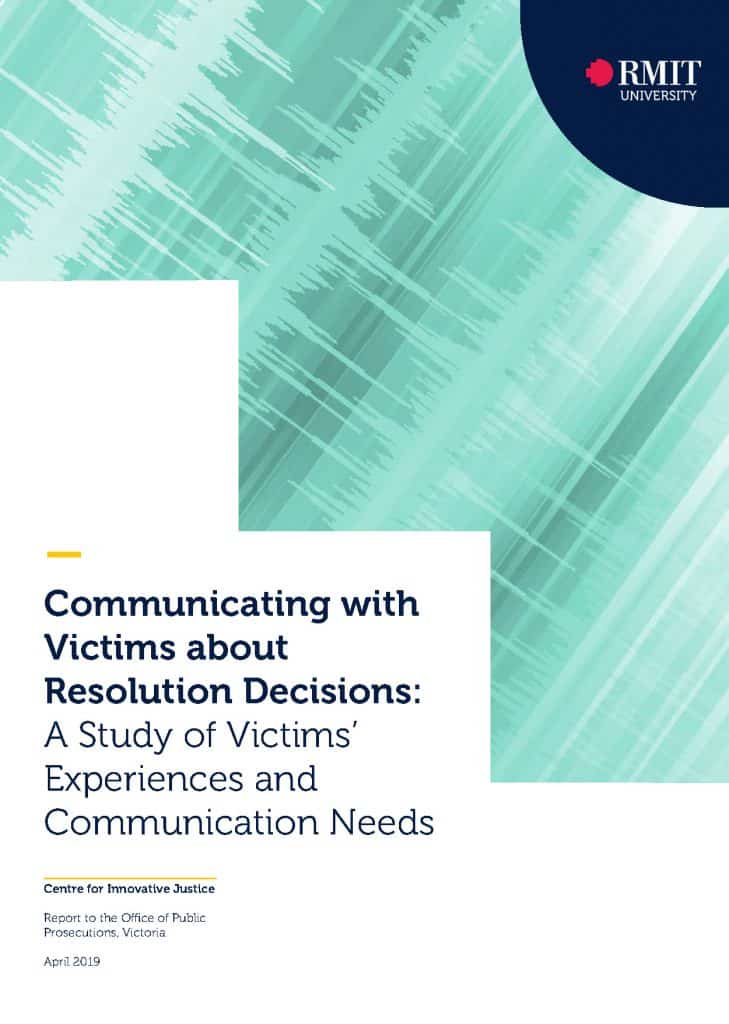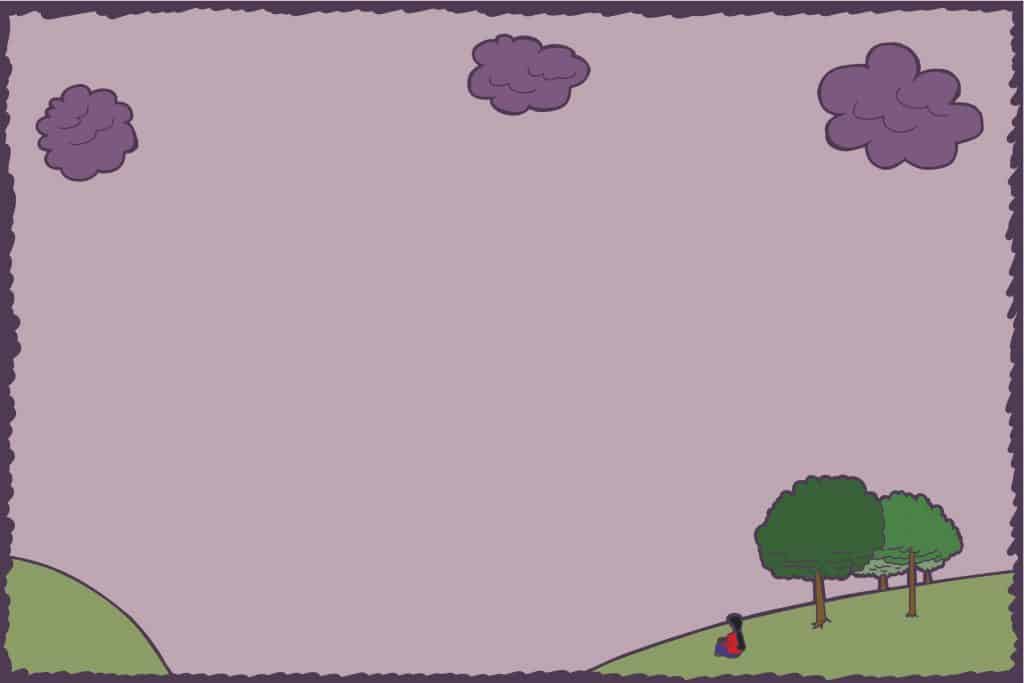
There are strong parallels between the National Inquiry into Sexual Harassment in Australian Workplaces and others addressing workplace issues, such as the Victorian Royal Commission into Mental and the Productivity Commission’s mental health inquiry, but there is also a connection to the Royal Commission into Banking and Financial Services which has focused the minds of some of Australia’s corporation s and leaders into examining their own workplace cultures and, for some, to reassess the role and application of capitalism.
This is going to become even more of a critical activity as the National Sexual Harassment Inquiry completes its report prior to its release in the first month or two of 2020.
Cultural analysis, and change, is often best undertaken first in a microcosm or specific social context. The experiences of sexual harassment of rural women in Australia is one such context, a context examined in detail by Dr Skye Saunders in her book “Whispers from the Bush“.

